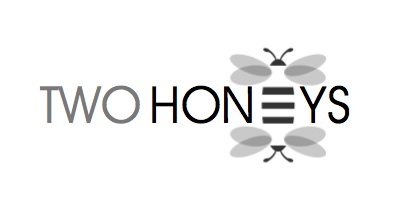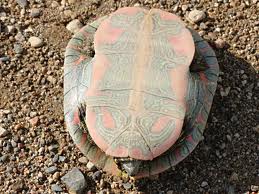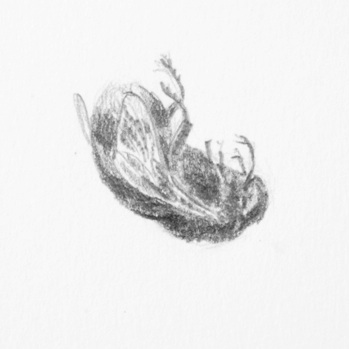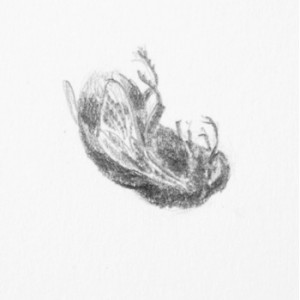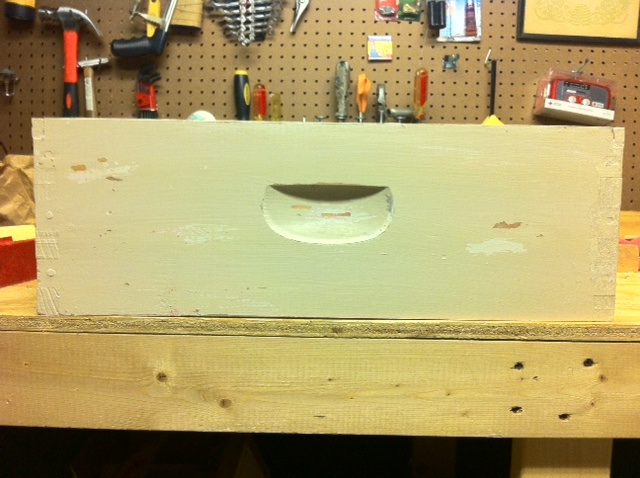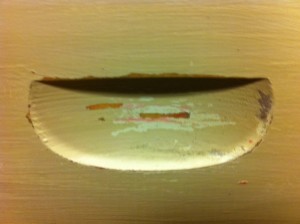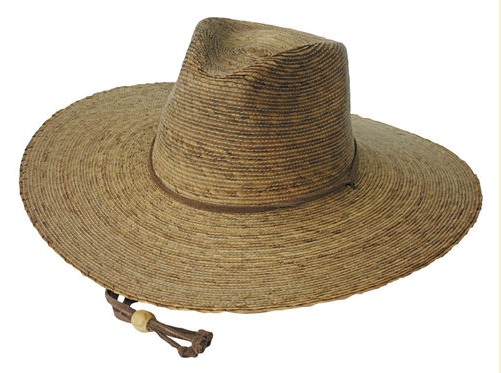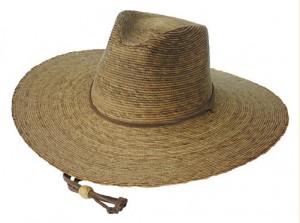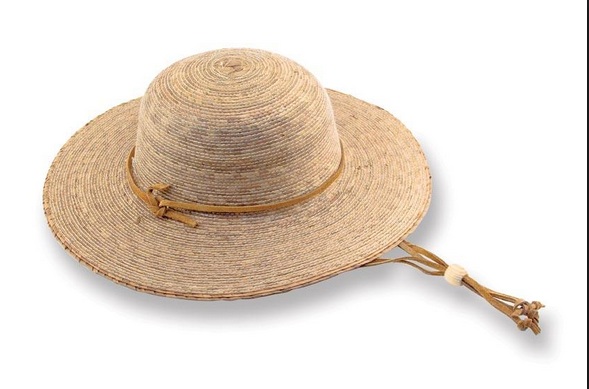You’ll need a Patty Grady, too.
Patty is one of Deb’s high-school friends, and she now works at the Home Depot on Highland Avenue. Sometimes those huge stores can sap the strength and energy from you because they’re so overwhelmingly big. Finding a little nut or bolt or screw in a big place like that can send me into a tailspin, but Patty pulls me right out of it.
Whenever I enter my Home Depot, I go straight to the Pro Desk and find Patty, who leaves her station to walk me all over the store and collect whatever I need. She steers me from bad decisions. She figures solutions. She’s saved me bundles in time and money, and I love following her up and down the aisles because she’s fun. And friendly. She knows everyone in that place. And if she doesn’t, then she’s sure got us all fooled.
Everyone needs a Patty. Especially if you build top-bar hives and restore metal lawn chairs.


